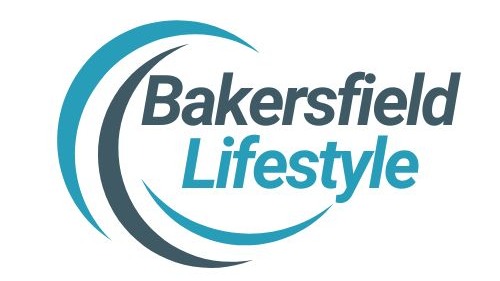
Understanding California's Medical Aid in Dying Landscape
In 2024, California recorded just a 6.5% increase in the number of people opting for medical aid in dying (MAID), a far cry from the more robust application seen in nations like Canada. While 1,032 Californians underwent this process, over 15,000 Canadians availed themselves of similar provisions. This stark contrast raises important questions about the perception and utilization of MAID in the Golden State.
Why the Reluctance?
Despite California’s status as a progressive state, a significant number of medical professionals remain hesitant to engage with the MAID law. Of approximately 150,000 licensed physicians, only 346 wrote MAID prescriptions in a state where conversations about end-of-life care are crucial. This raises significant concerns about the lack of inclusive discussions around MAID between healthcare providers and patients. The stigma attached to assisted dying continues to linger, fueled by misconceptions and fear of consequences both social and legal.
Peace of Mind Amidst Controversy
Interestingly, one-third of MAID prescriptions are left untouched, often serving as a psychological comfort rather than a definitive action plan. NYU bioethicist Arthur Caplan describes these unfilled prescriptions as "parachutes for peace," which allow patients to face their terminal illnesses with a degree of tranquility. This raises another dimension of the ongoing debate – if MAID serves as a tool for comfort rather than a frequently pursued option, does that suggest a deeper societal issue regarding the discussion of death and dying?
Demographics of Participants
The demographics of those choosing MAID reveal some troubling trends. In 2024, the overwhelming majority of individuals using this option were White (86.7%) and held at least some college education (75.2%). Moreover, most had terminal conditions such as cancer, suggesting that socioeconomic factors may influence who has access to these options. The median age of individuals utilizing MAID was 78, with many already receiving hospice or palliative care. This highlights the profile of those most likely to utilize MAID – a group already facing unique challenges and discussions concerning their care.
Addressing the Opposition
Despite fears articulated by opponents of MAID–including concerns over coercion and societal pressure–the residency of MAID deaths has remained low, totaling a mere 0.364% of all California deaths in 2024. The data does not suggest rampant coercion or abuse of MAID laws as once feared. Instead, the utilization rate indicates a significant gap, suggesting many who would benefit from the option are either unaware of it or unable to access it.
Moving Towards Acceptance
The dearth of engagement among healthcare providers reflects broader societal attitudes toward conversations about death, dying, and the autonomy in making end-of-life choices. Discussions must shift to normalize the dialogue surrounding MAID, battling institutional reluctance, and removing barriers that prevent patients from making informed choices.
Steps for Future Awareness and Implementation
If California wishes to see an increase in the utilization of its End of Life Act, it may need to focus on improving education regarding MAID among both physicians and patients. Targeted outreach programs can create a more informed public willing to engage in difficult conversations about death. In addition, healthcare systems could be encouraged to incorporate MAID discussions into routine end-of-life care dialogues.
Conclusion: The Call for Open Dialogue
As residents of Bakersfield, it is crucial for us to recognize the complexities surrounding medical aid in dying. As we advocate for more informed discussions and access to MAID, we must also ensure that our healthcare providers feel supported in offering these options knowledgeably and compassionately. Together, we can foster a community embracing informed decision-making at every stage of life.
 Add Row
Add Row  Add
Add 



Write A Comment